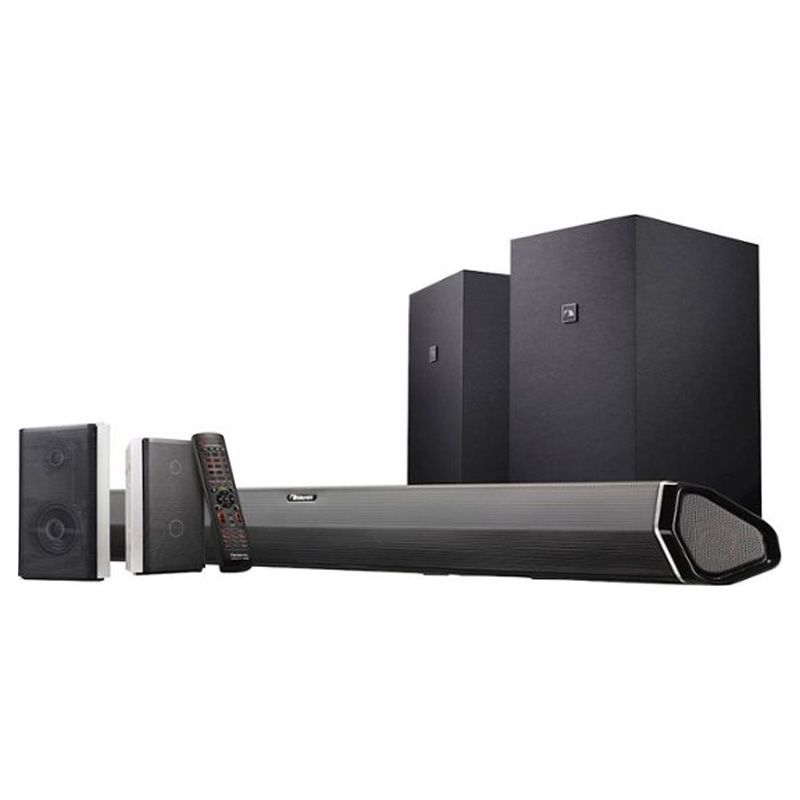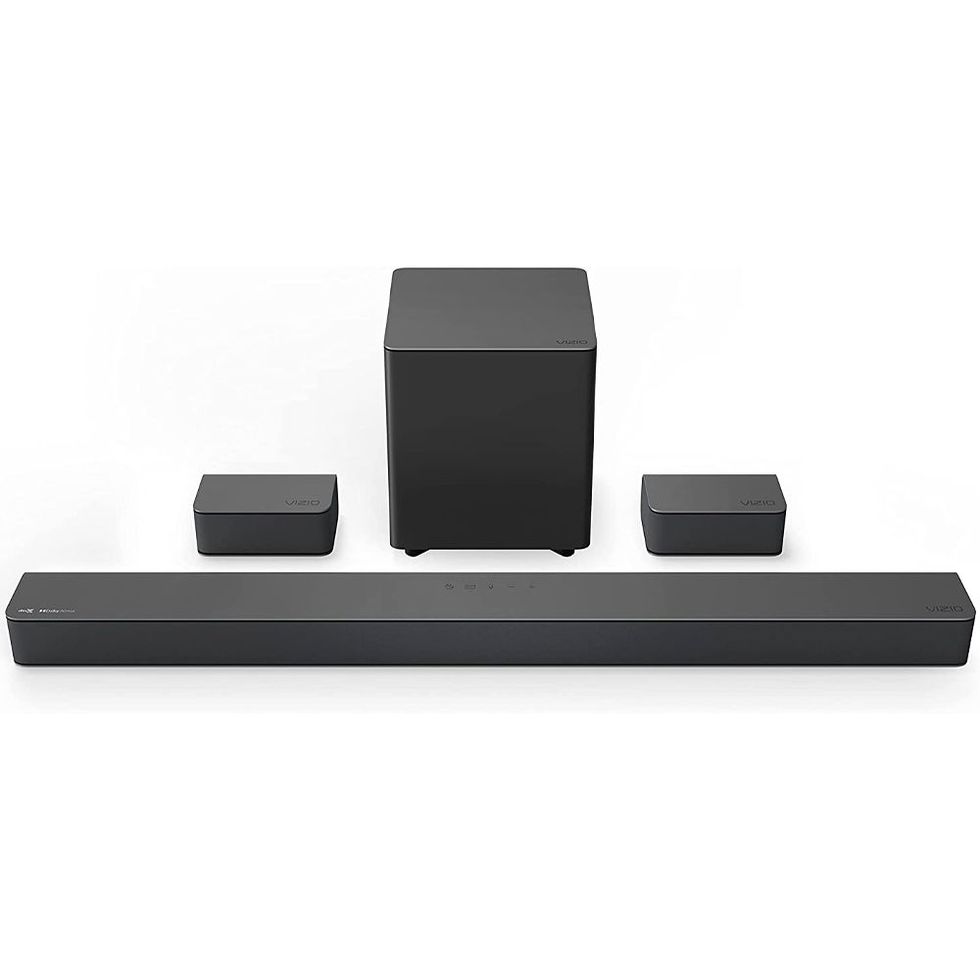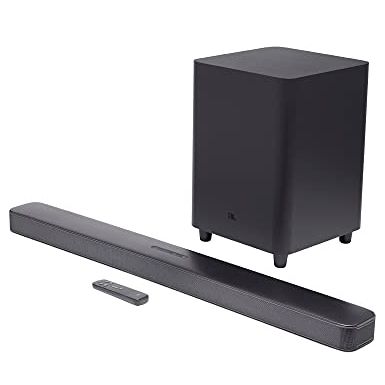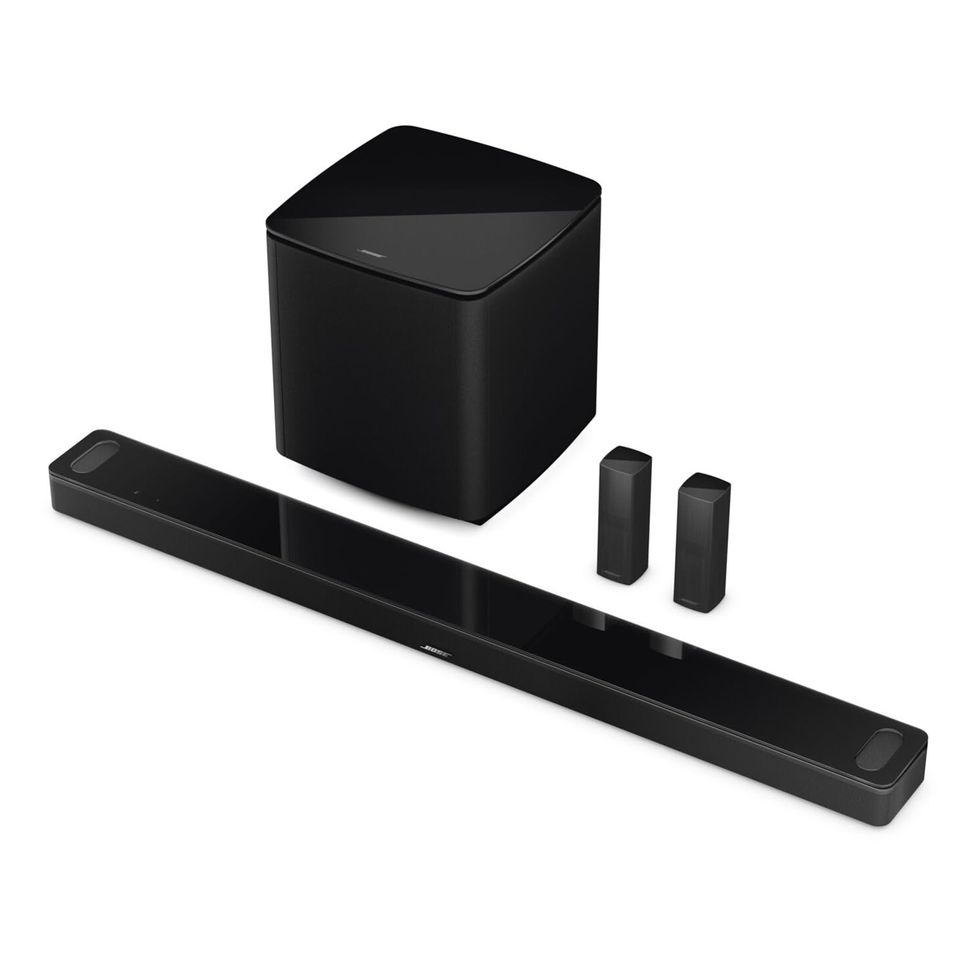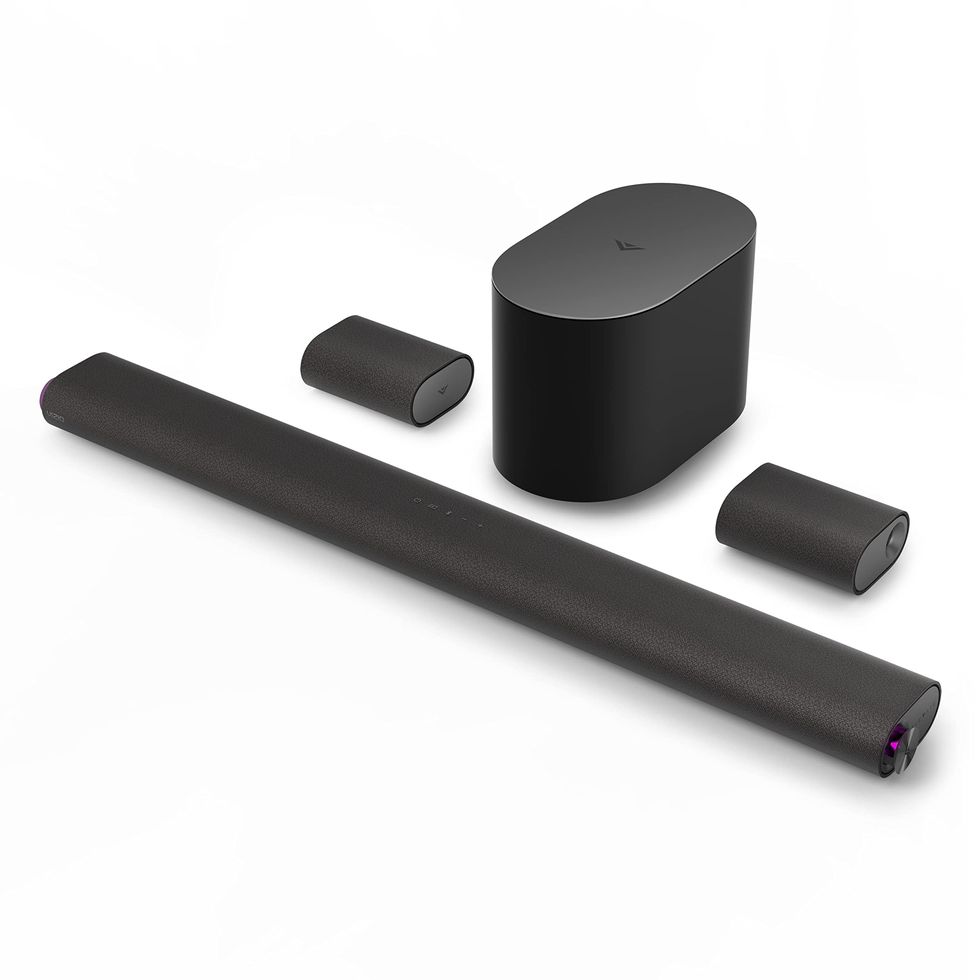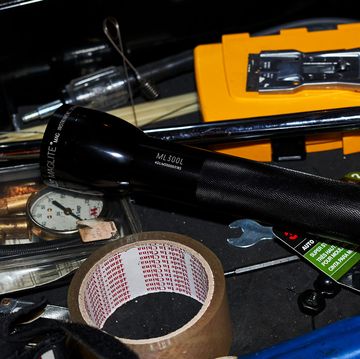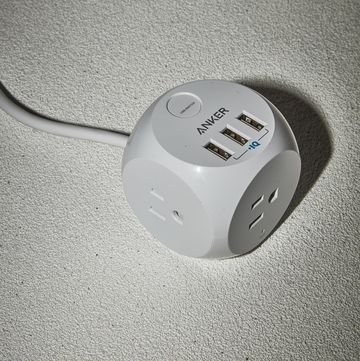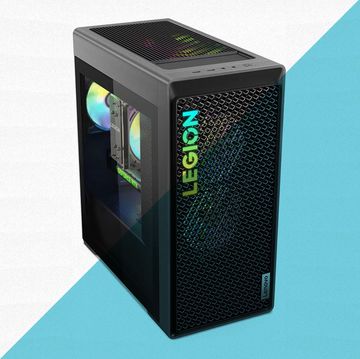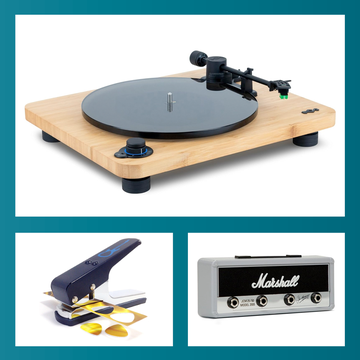The 7 Best Wireless Surround Sound Systems for Every Budget
From setups for small spaces to super-powered subwoofers, these are our picks for the best home theater sound, without all those pesky wires.
Gear-obsessed editors choose every product we review. We may earn commission if you buy from a link. Why Trust Us?
Chances are you’ve upgraded your television in the last few years, whether because you wanted to dip your toes into 8K waters or you desired a larger screen. Did you upgrade your surround-sound system to match? If you didn’t, you’re probably in the majority and here’s why: it’s a real hassle to change out a wired system. That goes double if you’re looking to boost it from an early 5.1 setup into something with more capability.
Happily, there’s now a better way. Wireless surround-sound systems offer the opportunity to improve your home theater audio without the need to tear up floors or drill into walls. You're still likely to plug in a power cord or two, but it’s a much easier task than installing and concealing all the wire needed for a modern 7.2 system. This goes double for renters or people who can’t easily modify their living space.
Included below are some of your best options to go wireless and enjoy high-quality theater sound in your home. Whether your primary desire is maximum sound quality, solid spatial imaging for action movies, or just getting a little more enjoyment out of old film favorites, these systems will answer the call, often at an entirely reasonable price. And the fact that you won’t have to run speaker wires all over the place? That's definitely music to our ears.
Best Wireless Surround Sound Systems
- Best for Audio Fanatics: Nakamichi Shockwafe Elite
- Best Theater Sound: Sony HT-A7000
- Best Value: VIZIO M-Series 5.1
- Best Upgrade For A Wired System: Samsung GW-Q990C
- Affordable Low-Cord Solution: JBL Bar 5.1
The Expert: I set up my first home theater system more than two decades ago. Since then, I’ve been listening to, enjoying, and occasionally building the latest and greatest in the business. As an occasional performing musician, I have a very picky ear for audio quality—but as a long-time film buff, I also want to hear all those great sound effects that rumble your seat and jump-scare you out of it.
What to Consider
5.1 or more?
The traditional surround-sound specification calls for five full-range speakers: one center channel, left and right up front, plus left and right speakers mounted on either side of your listening area. Whether branded Dolby, DTS, or something else, this is a 5.1 system, with the “point one” referring to a separate channel for a subwoofer. The “sub” is how you get all the earth-shaking booms and rumbles from superhero movies and car crashes.
Sound Check These: Waterproof Bluetooth Speakers • Tower Speakers • Sound Bars • Ceiling Speakers • Outdoor Speakers
Most people will be satisfied with 5.1, but it’s possible to add two more speakers behind the listeners for a 7.1 setup. Add a second subwoofer, and you’re at 7.2. Want ceiling speakers? That’s 7.1.2 or 7.1.4 depending on how many you add. Keep in mind, however, that most movies and media won’t be able to take advantage of the extra channels beyond 5.1, so in most cases the sound you will hear through the extra speakers will be digitally extracted and modified from the 5.1 soundtrack.
Wi-Fi or Bluetooth?
The first wireless systems were built around Bluetooth. It’s the easiest and most convenient way to connect, but it has some limitations. You’ll want to make sure that your entire system fits inside a circle with a 30-foot (or less) radius, and you’ll need to be comfortable with the limitations in quality imposed by the low bandwidth of Bluetooth connections, which have to compress the signal a bit and take out some of the fine detail. If you’re already listening to MP3 or streaming video, you won’t notice any difference; it is primarily apparent when listening to CD-quality or better audio, and even then, many people won’t notice them.
Wi-Fi systems have extended range—up to 100 feet between speakers, more if you have Wi-Fi boosters—and better sound. But they aren’t as foolproof to set up or troubleshoot. If you aren’t completely comfortable with the nuts and bolts of operating Wi-Fi equipment, you’ll want to get some help from a qualified installer.
All of these systems use HDMI cables to accept incoming video; some of them also have the ability to accept a Bluetooth pairing from another device for incoming audio, so you can play music from your phone through the system.
How Much Power and Capacity?
The power of a sound system is expressed in watts. Between systems from the same manufacturer, you can use watts as a measure of relative loudness. However, different manufacturers may use different standards to measure power, so don’t choose one system over another just because it offers “500 watts” compared to another system’s “300 watts.”
When it comes to speaker size, bigger is almost always better, despite what you read in the advertisements. A speaker is fundamentally a device for moving air. Larger-diameter speakers need less back-and-forth movement to do it, which means they can be clearer, crisper, and more articulate than small-diameter speakers making large “excursions” back and forth to produce high volume.
This is all doubly true for subwoofers. If you live somewhere the neighbors won’t complain, get the largest-diameter “sub” you can, powered by the highest-capacity amplifier. Don’t be fooled by claims of extensive bass performance due to “ports” or “resonance chambers.” To shake the floor, you need raw power and size.
How We Selected These Wireless Surround Sound Systems
Simply, I did a lot of listening to and a lot of comparison with the all-time wired greats to make my product recommendations. Sound quality is important, but since wireless sound is often a choice based on convenience, I also considered ease of installation and use. When in doubt between two or more systems, I gave the nod to value and expected durability.
Watch Next


May Pressure Washer Sales 2024
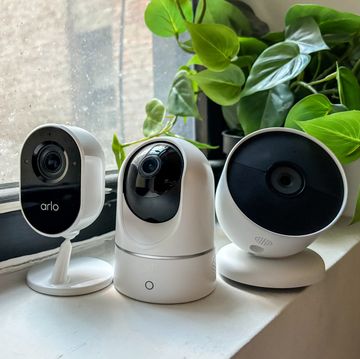
The Best Indoor Security Cameras for Peace of Mind
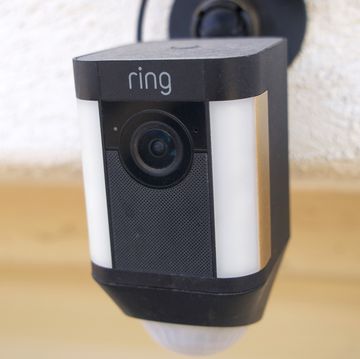
The Best Outdoor Security Cameras for Your Home
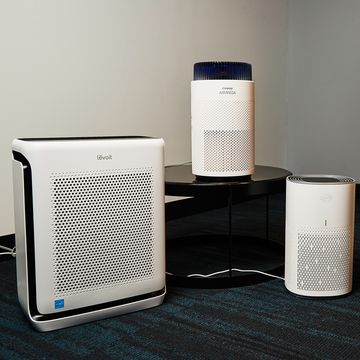
The 8 Best Air Purifiers for Your Home


